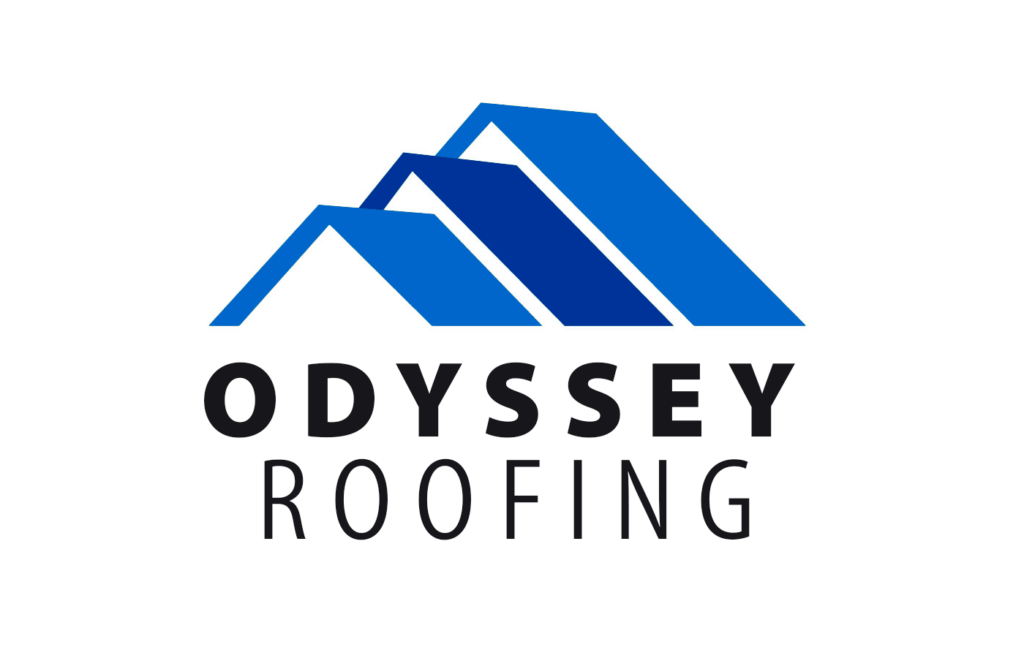How Long Does A Metal Roof Last in 2023
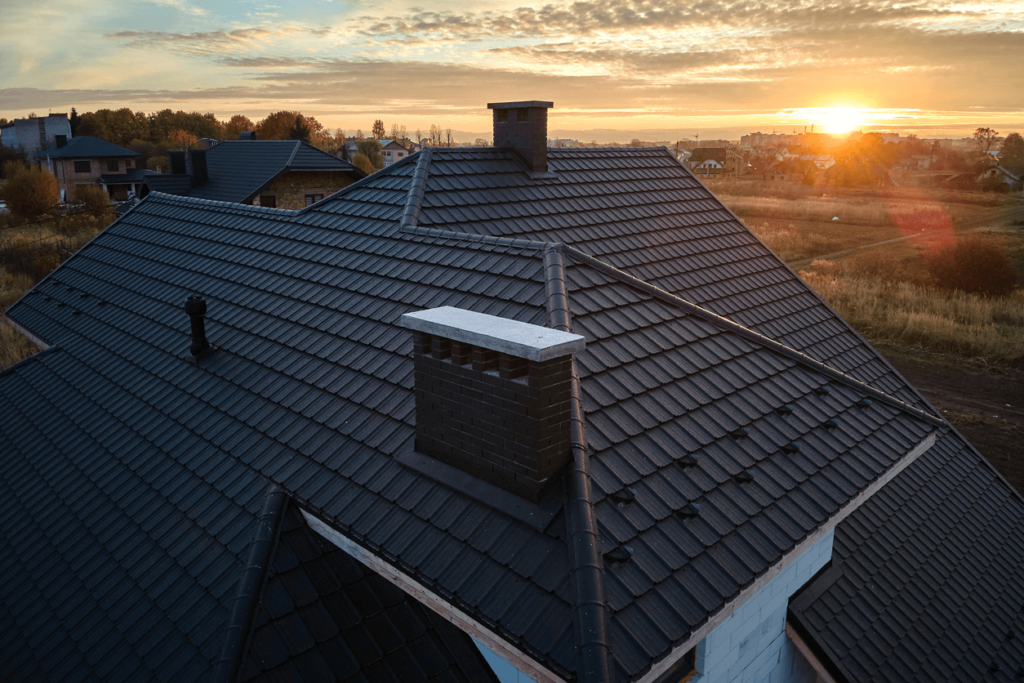
For homeowners in the market for a metal roof, the question always arises: “How long does a metal roof last?” This is particularly important for those who want the best value for their money. Understanding the lifespan of a metal roof helps in making an informed decision.
Metal roofs generally have a lifespan of 40 to 70 years. Several factors, including the type of metal, quality of installation, maintenance, and environmental conditions, influence longevity. This makes them a durable and cost-effective choice for roofing.
But there’s more. What if we told you that some metal roofs have lasted over a century? Have you ever wondered why some roofs last longer than others? Below, we will explore the factors that determine the lifespan of a metal roof and how you can maximize it.
The Material Matters
1. Aluminum Roofing
Aluminum is a popular material for metal roofing due to its lightweight nature and resistance to corrosion. However, its longevity depends on various factors, such as the thickness and quality of the material. Generally, aluminum roofs last around 35-50 years but can last longer with proper maintenance.
2. Steel Roofing
Steel is another common material for metal roofing. It’s heavier than aluminum but is also sturdier. Galvanized steel can last about 60-75 years, while Galvalume steel has a 40-60 years lifespan. The protective coatings on steel roofs make them highly resistant to rust and corrosion, extending their lifespan.
Additionally, thanks to new technology, next-generation stone-coated steel metal roofs offer homeowners steel durability and curb appeal. Stone-coated steel roofs are steel coated with stone chips and an acrylic film. The stone chips give a textured, natural look, while the steel provides durability and resistance to weather conditions. They are also designed to look like traditional designer shingles!
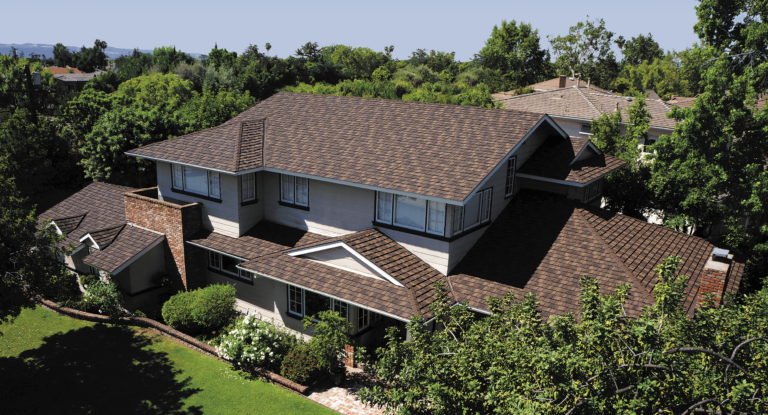
3. Copper and Zinc Roofing
Copper and zinc are particularly long-lasting metal roofing materials. These roofs can last well over 100 years due to the natural protective patina they develop. They are usually more expensive, but the long-term benefits can outweigh the initial cost for some homeowners.
Installation and Workmanship
Professional installation is crucial for the longevity of a metal roof. Even the best material will fail if not properly installed.
4. Professional Installation
Hiring a professional installer with experience in metal roofing is key. They know the best practices and techniques to install the roof properly. This guarantees the roof’s durability and minimizes the risk of leaks and other issues.
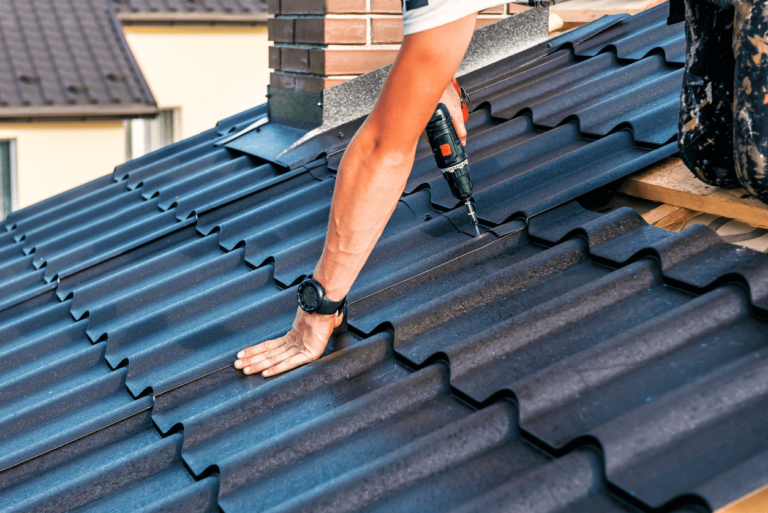
5. Manufacturer’s Specifications
Following the manufacturer’s specifications is imperative. These guidelines are tailored to the material’s properties and provide insights into handling, installation, and maintenance. Ignoring these specifications can significantly reduce the lifespan of the roof.
6. Workmanship Warranty
A workmanship warranty can provide peace of mind. It assures that if there are issues related to the installation process, they will be addressed by the contractor. Make sure to discuss this warranty before the installation begins.
Maintenance and Care
Regular maintenance is essential for a long-lasting metal roof.
7. Routine Inspections
It is advisable to inspect your metal roof regularly. Small issues, such as loose fasteners or minor leaks, can escalate into major problems if left unattended. By addressing these issues early, you can extend the roof’s lifespan.
8. Cleaning and Debris Removal
Keeping the roof clean and free of debris is essential. Leaves, branches, and other debris can accumulate, leading to moisture retention, which can cause rust and corrosion. Cleaning the roof regularly prevents these issues.
9. Repairing Damages
Immediate action should be taken to repair any damage to the metal roof. Whether it is a dent, scratch, or leak, prompt repairs will prevent the problem from worsening and affecting the roof’s overall integrity.
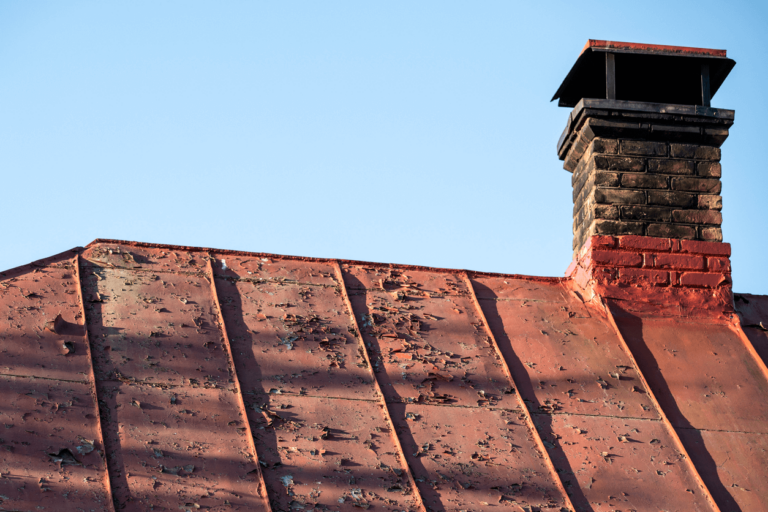
10. Protective Coatings and Paints
Applying protective coatings and paints can significantly prolong the roof’s life. These coatings protect the metal from harsh weather conditions and corrosion. It is advisable to use the coatings that the manufacturer recommends.
Environmental Factors
The environment in which the building is situated also affects the longevity of a metal roof.
11. Geographic Location
Areas with extreme weather conditions, such as heavy snowfall, hurricanes, or high temperatures, may reduce the lifespan of a metal roof. It is essential to choose materials that are well-suited for the local climate.
12. Air Quality
Regions with high pollution levels or proximity to saltwater can also impact the roof’s life. In such cases, it’s important to select materials and coatings that are resistant to these elements.
13. Roof Design and Slope
The design and slope of the roof play a significant role in its longevity. A well-designed roof with an appropriate slope will ensure proper water runoff, preventing pooling and the associated problems.
Cost Implications
Lastly, let’s consider the cost implications.
14. Initial Investment
While metal roofs might have a higher initial cost than other roofing materials, they generally have a lower lifetime cost due to their durability and low maintenance requirements.
15. Maintenance Costs
Though metal roofs require less maintenance, it’s still essential to factor in. Regular inspections, cleaning, and repairs come at a cost, but they are crucial for prolonging the roof’s life.
16. Potential Savings
Metal roofs can save money in the long run. They are energy-efficient, which means lower utility bills. Also, due to their durability, you won’t need to replace the roof as often as you would with other materials.
17. Resale Value
A metal roof can increase the resale value of your property. Potential buyers often view metal roofing as a premium feature and are willing to pay more for a property with a metal roof.
In conclusion, a metal roof is an excellent investment that offers durability, aesthetics, and cost savings. The lifespan of a metal roof varies based on the material, installation quality, maintenance, environmental factors, and costs. With proper care and consideration of these factors, a metal roof can last for several decades, making it a smart choice for any building.
